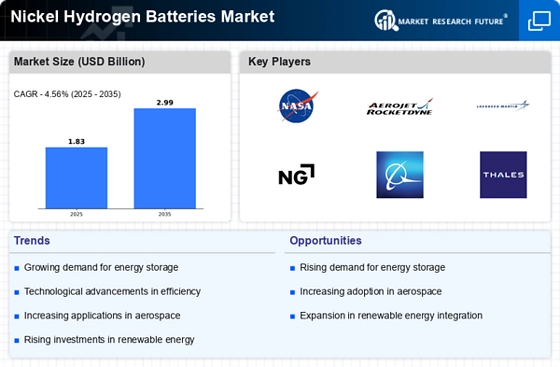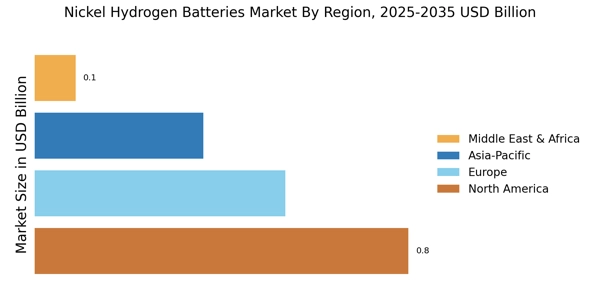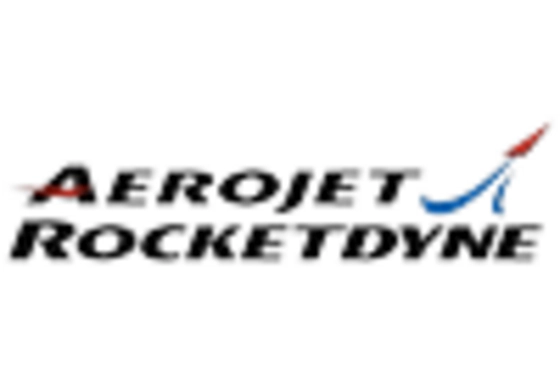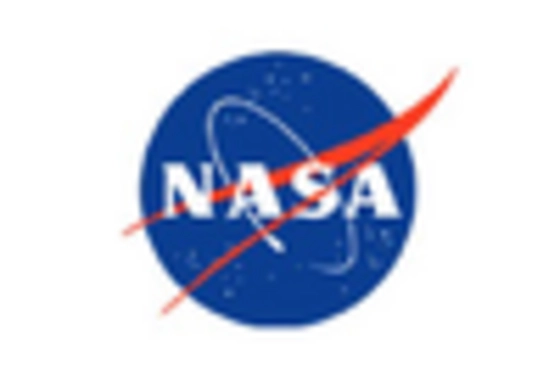Increasing Energy Storage Needs
The Nickel Hydrogen Batteries Market is experiencing a surge in demand due to the increasing need for energy storage solutions. As renewable energy sources such as solar and wind become more prevalent, the requirement for efficient energy storage systems grows. Nickel hydrogen batteries, known for their high energy density and long cycle life, are well-suited for this purpose. The market is projected to expand as industries seek reliable storage options to balance supply and demand. In 2025, the energy storage market is expected to reach a valuation of over 200 billion dollars, with nickel hydrogen batteries playing a crucial role in this growth. This trend indicates a robust future for the Nickel Hydrogen Batteries Market as it aligns with global energy transition goals.
Advancements in Battery Technology
Technological innovations are propelling the Nickel Hydrogen Batteries Market forward. Recent advancements in battery chemistry and manufacturing processes have enhanced the performance and efficiency of nickel hydrogen batteries. These improvements include increased energy density, reduced weight, and enhanced safety features, making them more attractive for various applications. The market is likely to benefit from ongoing research and development efforts aimed at optimizing battery performance. As industries adopt more sophisticated energy solutions, the demand for advanced battery technologies, including nickel hydrogen batteries, is expected to rise. This trend suggests a promising trajectory for the Nickel Hydrogen Batteries Market, as it adapts to the evolving needs of consumers and businesses alike.
Rising Demand in Electric Vehicles
The Nickel Hydrogen Batteries Market is poised for growth due to the rising demand for electric vehicles (EVs). As consumers increasingly prioritize sustainable transportation options, the automotive sector is rapidly evolving. Nickel hydrogen batteries offer advantages such as high energy density and longevity, making them suitable for EV applications. The market is projected to witness a significant uptick as automakers seek to enhance vehicle performance and range. By 2025, the electric vehicle market is expected to surpass 10 million units sold annually, creating a substantial opportunity for the Nickel Hydrogen Batteries Market. This trend underscores the potential for nickel hydrogen batteries to play a pivotal role in the future of transportation.
Growing Interest in Space Exploration
The Nickel Hydrogen Batteries Market is significantly influenced by the growing interest in space exploration. As space agencies and private companies embark on ambitious missions, the demand for reliable and efficient power sources becomes paramount. Nickel hydrogen batteries are favored for their ability to operate in extreme conditions and provide long-lasting energy. The market is likely to see increased investments as organizations seek to develop advanced battery systems for satellites and spacecraft. In recent years, the space sector has allocated substantial budgets for research and development, indicating a strong potential for the Nickel Hydrogen Batteries Market to thrive in this niche yet critical application.
Regulatory Support for Clean Energy Solutions
The Nickel Hydrogen Batteries Market is benefiting from regulatory frameworks that promote clean energy solutions. Governments worldwide are implementing policies aimed at reducing carbon emissions and encouraging the adoption of sustainable technologies. Nickel hydrogen batteries, with their low environmental impact and high efficiency, align well with these regulatory goals. As incentives for clean energy technologies increase, the market for nickel hydrogen batteries is expected to expand. In 2025, several countries are projected to introduce new regulations that favor the use of advanced battery technologies, further bolstering the Nickel Hydrogen Batteries Market. This supportive environment may lead to increased investments and innovations in battery technology.


















Leave a Comment